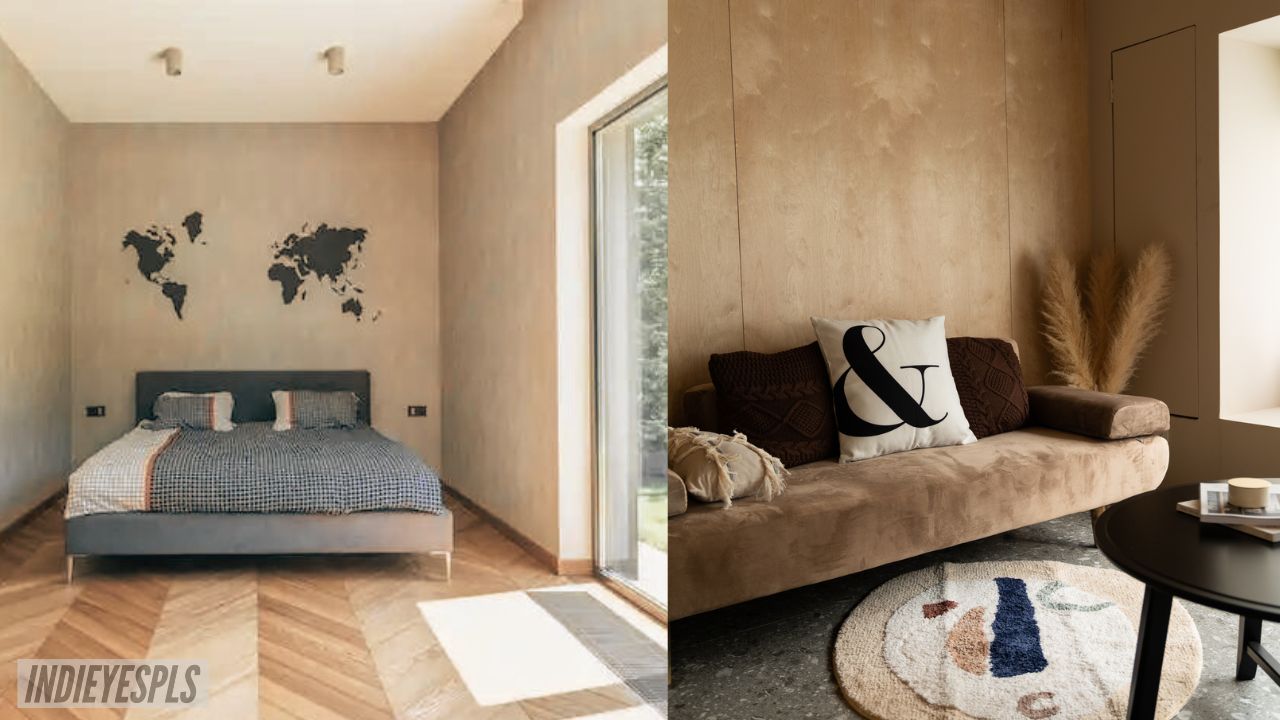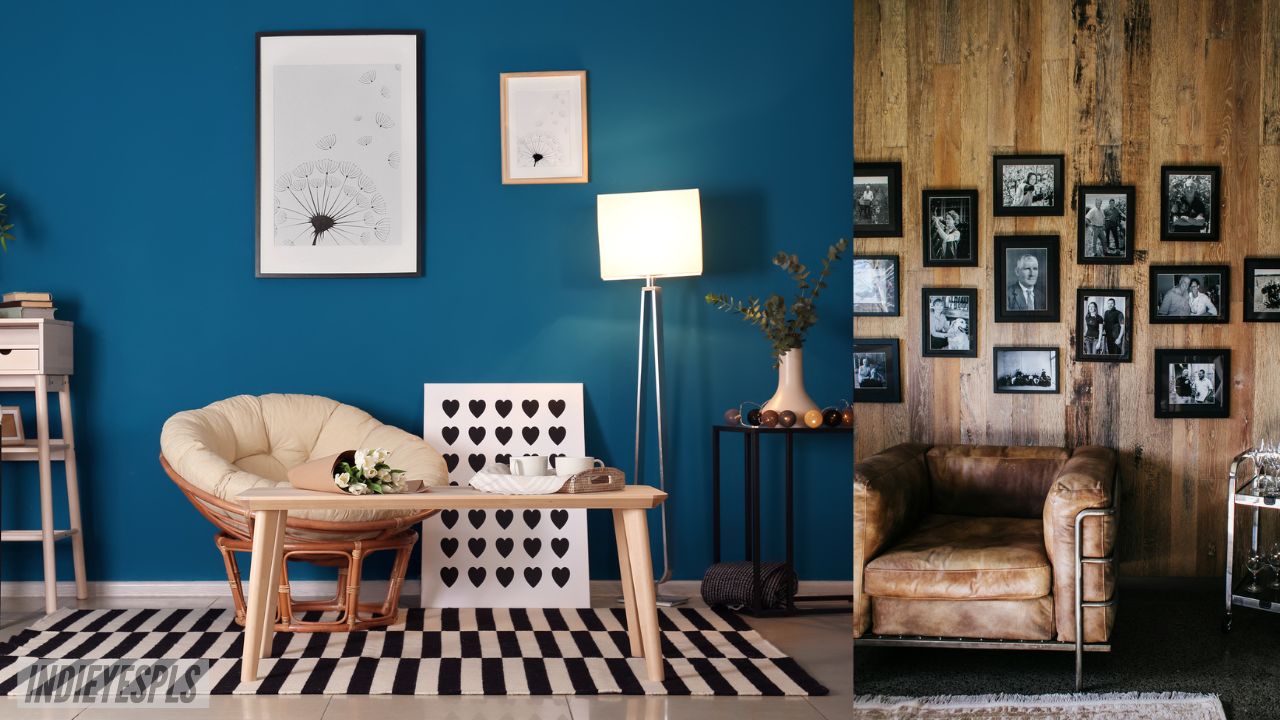How to Use Plants to Naturally Cool Your Home
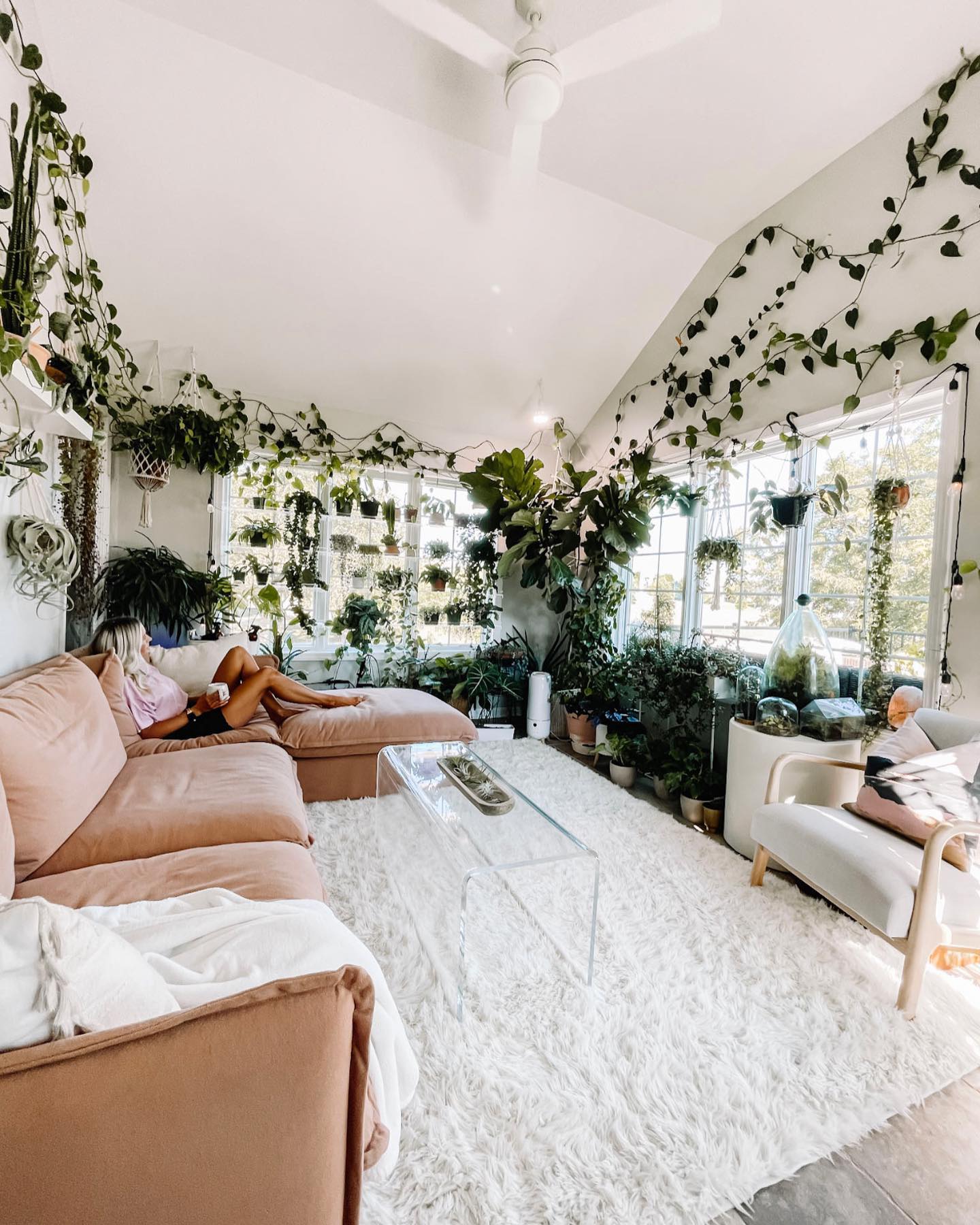
Hero: IG @houseplusplant
Keeping your home cool, especially during the hot summer months in places like the Philippines, can be a tough call. Those looking for a convenient cooling option may opt to buy split type aircon online, but if you live in hot climates it’s always a good idea to find additional ways keep your home cool. That can help maximize your aircon usage and reduce your electricity costs, and the solution is far simpler than you think.
Hint, if you are into plant-heavy interior aesthetics, I congratulate you.
Anyone looking for cooling alternatives can turn to plants as a natural and cost-effective way to cool their homes. Plants can help reduce the heat absorbed through your walls and roofs, increase airflow, and cool the air in the spaces they occupy.
Read on to discover the many ways to use plants to cool your home and what plants are the most effective for this purpose.
Create Outdoor Shade
One of the most common ways plants are used to cool homes is by placing them near the windows and in other areas where they can directly block the sun.
Trees planted outside typically offer the most coverage among all plants, and they can shield certain areas of your house from the sun’s rays and reduce the temperature of your living space. For example, strategically planted trees in the east and west areas of your abode can block the sun, while climbing vines can be placed on windows to absorb incoming heat.
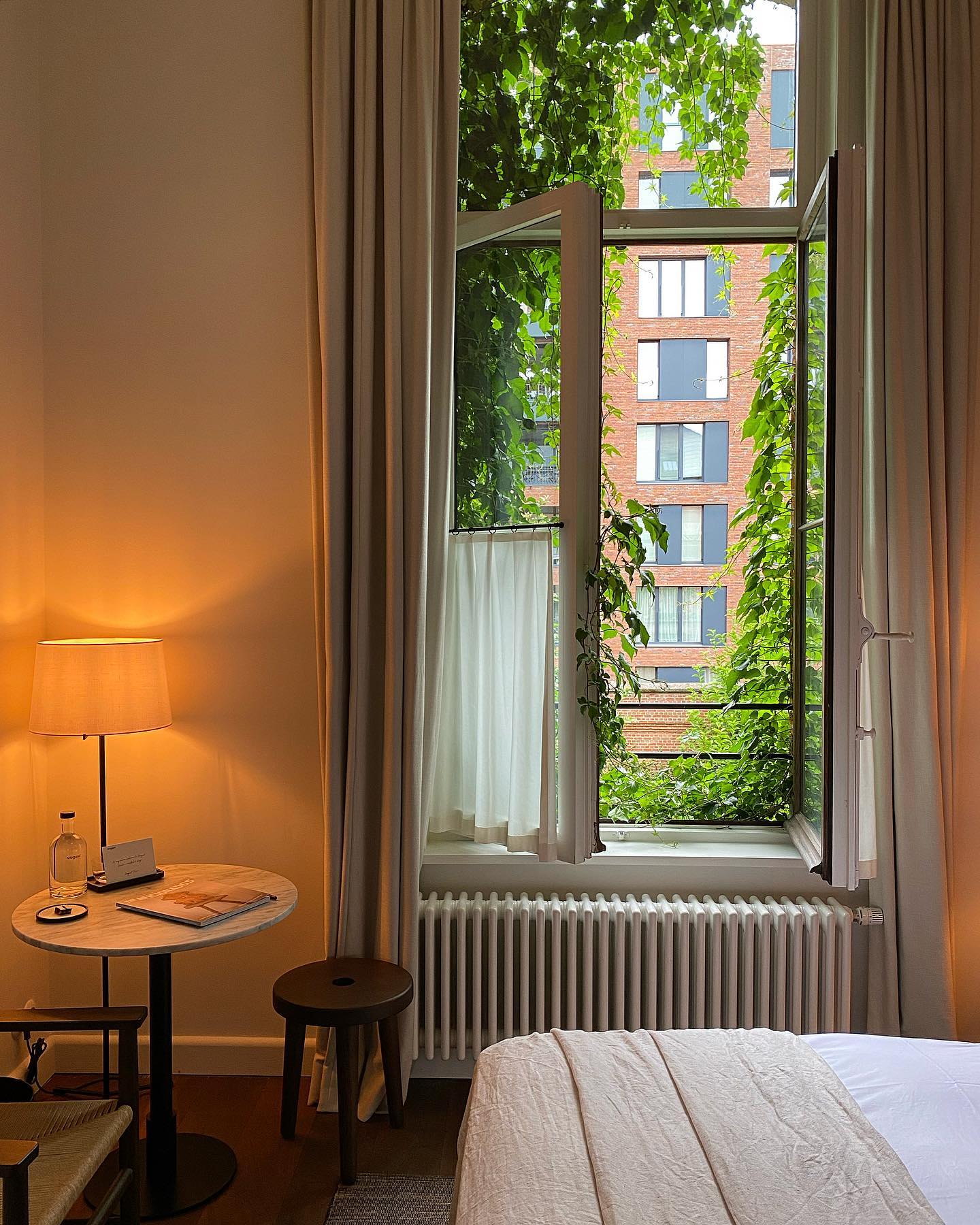
IG @fedesfotos
If you live in an area with limited space, however, adding trees might not be an option. In this case, you can use climbing plants like bougainvillea or Cadena de Amor (Antignon leptopus) to create shade over walls or windows. Aside from cooling your home, these vines are easy to maintain and produce beautiful flowers.
Plant Vegetation Indoors
Hardy indoor plants like spider plants and snake plants can effectively reduce the amount of heat inside your home and improve air quality.

IG @houseplusplant
These specific plants are known for their air-purifying properties, but any kind of indoor plant can be helpful to have inside your home. You can place these plants in strategic locations around your house, particularly in corners or in warm rooms, to create a natural cooling effect.

Plants can cool the air surrounding them through evapotranspiration—the sum of all processes by which water moves from the earth and into the atmosphere. Plants participate in evapotranspiration by releasing water vapor through tiny pores in their leaves, creating a cooling effect in the surrounding air.
By strategically placing plants around your house, you can take advantage of this natural process. Plants with large leaves, like snake plants, rubber plants, or Chinese evergreens, may be placed in various rooms, especially in locations with minimal airflow.

IG @green._.us
Plant on Your Roof
Your roof receives most of the heat from sunlight, which is a major factor contributing to a warmer home. To make your home cooler, you can plant several types of heat-resistant vegetation on your roof to create a natural insulator that keeps your home or building cool.
Green roofs can reduce the temperature of your home by up to 4 degrees Celsius, making them one of the best ways to naturally cool your home. Moss and succulents are some of the best plants to use when building a green roof.
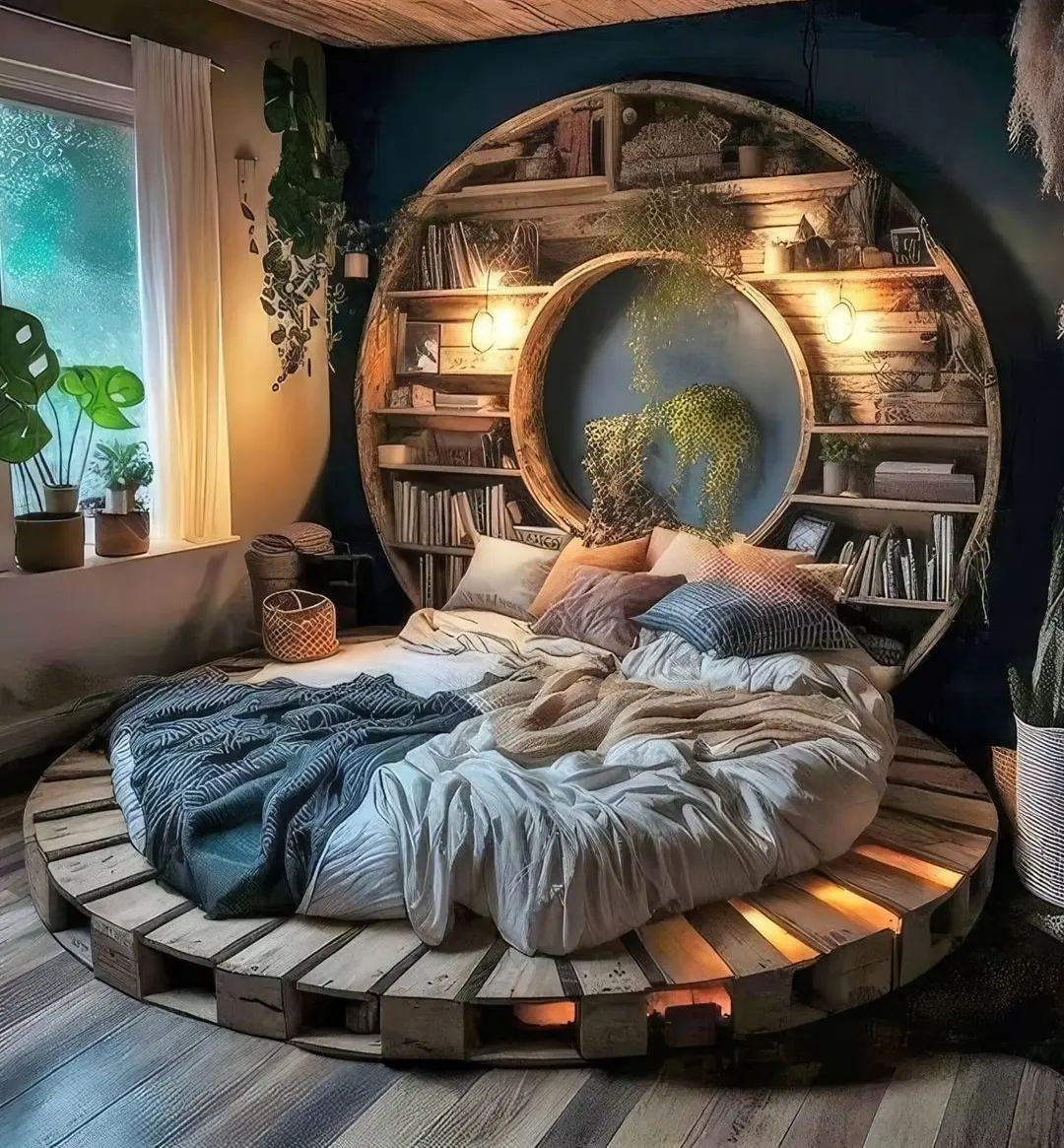
Install a Living Wall
Apart from planting trees and bushes to provide shade, consider covering one of your walls with plants and creating a living wall. Living walls, which are fast becoming a trend, provide effective insulation while reducing the amount of direct sunlight entering your home.
They may be installed inside or outside your home and can be used to cover a portion of your wall or the entirety of it. Pothos or snake plants are some of the best plants to use for living walls, as they require minimal maintenance and thrive when planted in sunny areas.

IG @aleksandra.anna_n
Plant Some Grass
Grass isn’t just ornamental; it has environmental-cooling properties, too. A well-maintained lawn with lots of grass can act as a natural insulator for your home, as it reduces the temperature of the surrounding air by several degrees.
Another way that grass helps cool your home is by effectively reflecting sunlight and increasing airflow. Light-colored grass can deflect the sun’s rays, keeping the surrounding air cool. Additionally, when the wind blows over your lawn, it utilizes the cooling effects of evapotranspiration, which lowers the surrounding air.
Balance Your Hardscape with Plants
Hardscaping refers to the various man-made structures on your property. This includes both practical and decorative objects like your fences, driveway, and patio. To keep your home as well as these areas cool, add plants to these hardscapes.
For instance, pergolas, trellises, or arbors covered with climbing vines not only block off sunlight when placed in strategic places around your home, but they can also cool the surrounding air by increasing airflow and reflecting sunlight.
While you may primarily rely on cooling appliances like aircons to beat the heat, adding plants to your home will make your appliance usage more efficient and energy-saving. Plants are an incredibly cost-effective addition, especially when you choose the right ones and place them strategically in and around your house. Apart from reducing the temperature in your home during the hot summer months, plants have the added benefit of being natural air purifiers, releasing oxygen and absorbing carbon dioxide to create a healthier living environment for you and your family.


